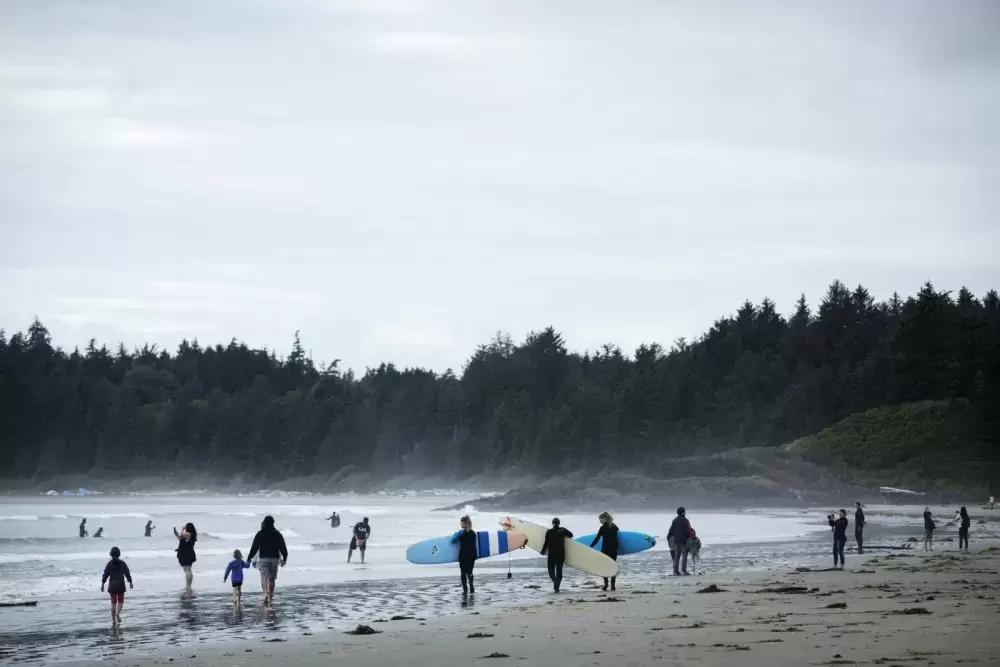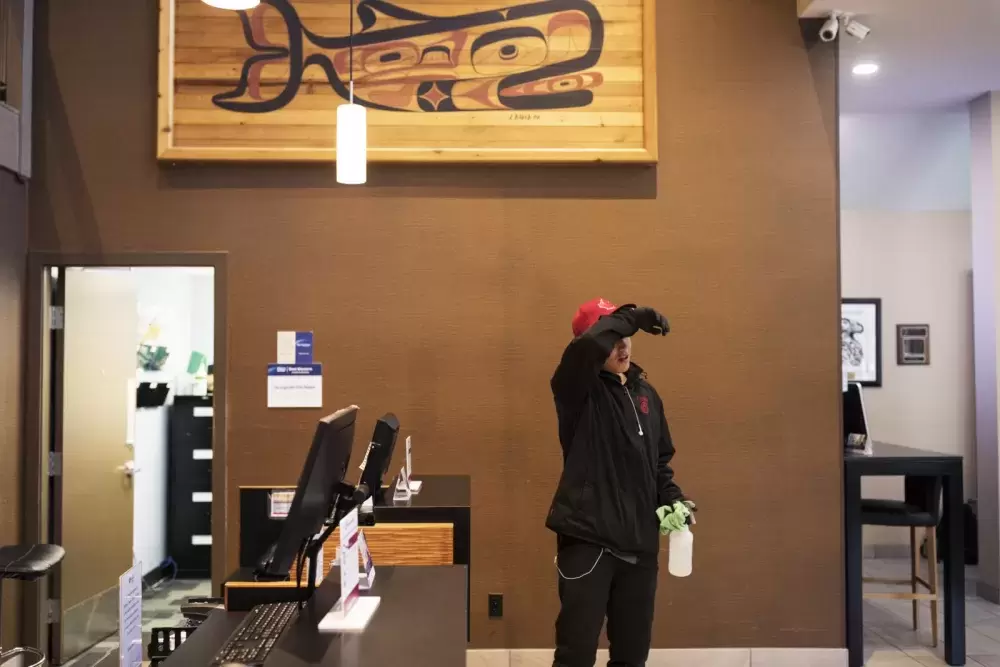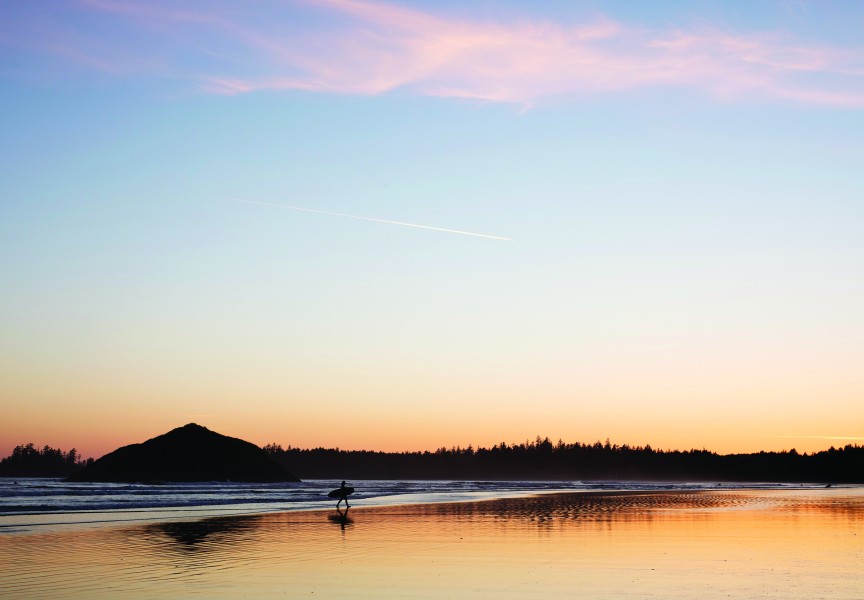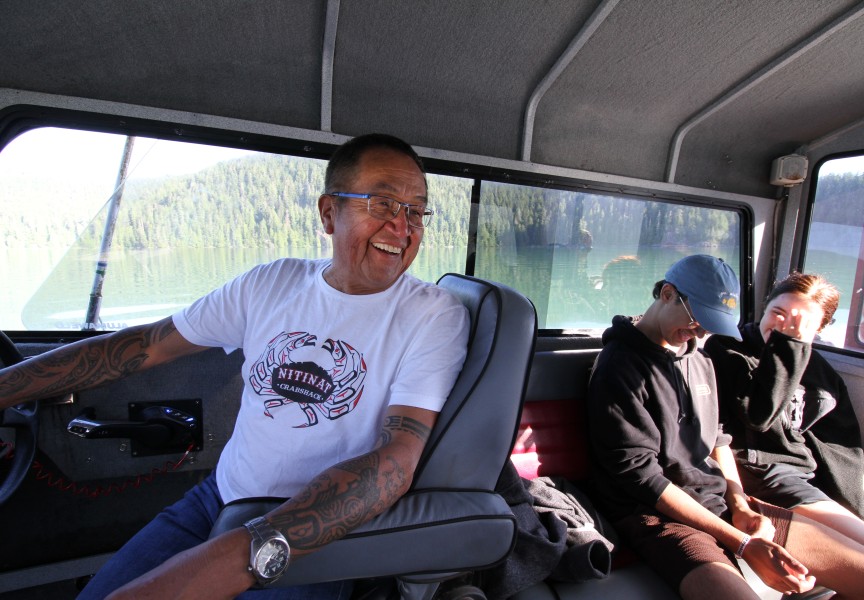British Columbians can anticipate returning “to normal life” by early September, after B.C. officials launched a four-step plan to ease pandemic restrictions on Tuesday.
Under the provincial restart plan, indoor dining and low-intensity indoor fitness classes can resume, a maximum of five visitors are allowed to gather indoors and 10 people are permitted for outdoor gatherings.
The province continues to be divided into three regional zones, however Provincial Health Officer Dr. Bonnie Henry encouraged residents to explore their designated travel zone.
“Go camping within the area that you live,” she said during a press conference.
Over 60 per cent of adults within the province have received their first dose of the COVID-19 vaccine, which has stabilized case counts and triggered a drop in hospitalizations and ICU patients, said Henry.
“We will be adjusting our safety plans to make sure that businesses can continue to operate as restrictions are lifted in the coming weeks and months,” she said. “We'll be staying flexible because we know this virus has some tricks up its sleeve still. We will be continuing to monitor what's happening around the globe because we know that we're not all safe until everybody has been immunized. And that still is quite a challenge in many parts of the world.”
Jared Beaton, Best Western Plus Tin Wis Resort general manager, said the phased approach allows the Tla-o-qui-aht First Nation-owned resort to ease into operating at maximum capacity.
“This allows us to have a little bit of a softer open,” he said. “And [to] make sure that our staff are coming back gradually – being trained properly.”
The earliest the province will move into Phase 2 of the restart plan is June 15. Phase 3 is anticipated to begin July 1 and Phase 4 will start Sept. 7, pending a continued rise in vaccination rates and a decline in COVID-19 cases and hospitalizations.
While the resort may not be able to operate at full capacity until September, Beaton said the “pent-up demand” is likely to make for a busy Fall.
“The way occupancy is going in the books right now [indicates] we’re heading into a very strong fall,” he said. “I don't see us going back into that rut again, where I'm having to lay staff off after them being trained. I'm very confident we'll keep everybody gainfully employed, based on what I'm seeing right now.”
With its stakes in the tourism industry, Tla-o-qui-aht First Nation tribal administrator Jim Chisholm said the nation has been financially impacted.
“Obviously we want to see things open up - everybody does,” he said. “But the health of our people is first and foremost … We're not going to put people into jeopardy, or our community’s at risk, for financial rewards – that isn't going to happen.”
Since the beginning of the pandemic, Tla-o-qui-aht has had a security gate to restrict access to their communities, chief and council meetings subsequently moved to Zoom and the band office remains closed, said Chisholm.
“We’ve done everything we can to ensure everybody’s health,” he said. “We’ve followed every precaution and recommendation from the government.”
By following the provincial health orders and adopting a COVID-19 safety plan, Beaton said he feels they are “doing the right thing.”
Tin Wis is currently operating at around 35 per cent capacity, said Beaton.
“We all want to be open at full capacity,” he said. “But at the end of the day, we have to be responsible, too.”
The next best thing, is the phased approach outlined by the government, said Beaton.
“We're really excited to start welcoming people back to the hotel in a safe manner so that they can come out and enjoy the nature,” he said. “I think it's really exciting that the prospect of being open for travel this summer is great.”








